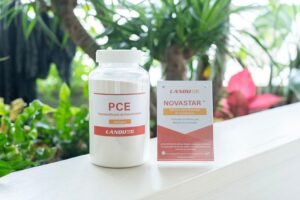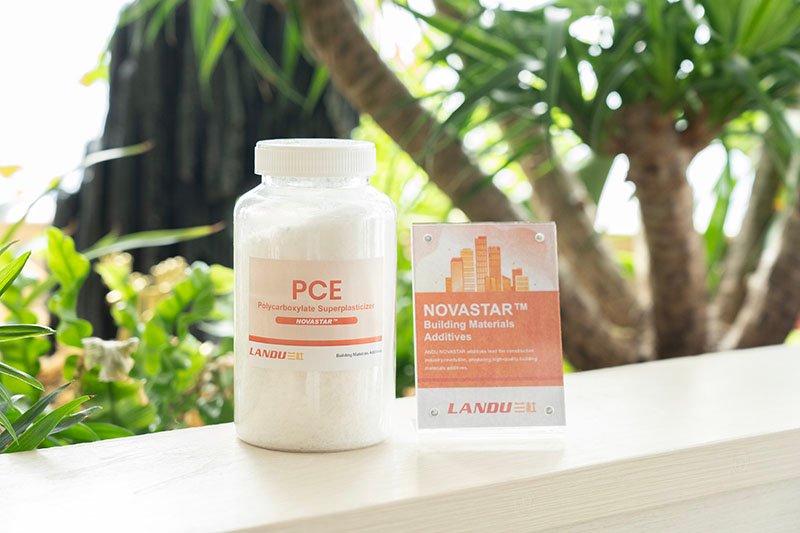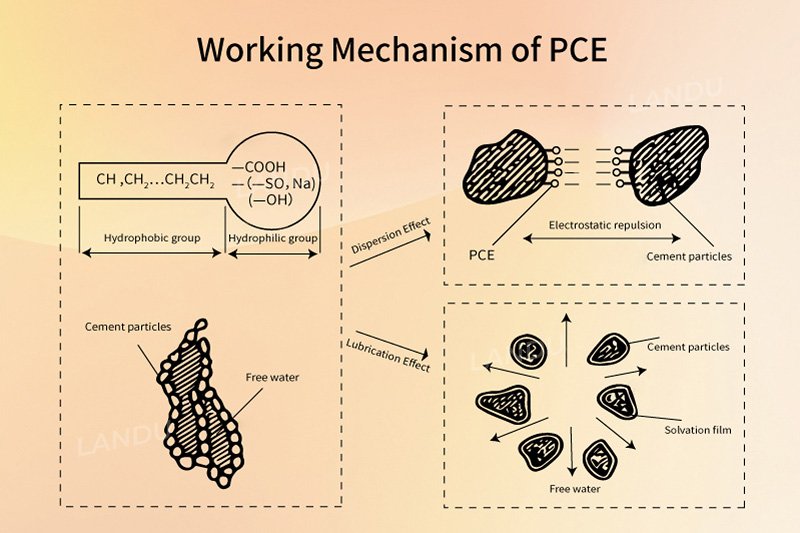
©2021 All Rights Reserved. Created with LANDU
Unlocking the Power of Advanced Chemical Admixtures for Superior Concrete Performance
Concrete remains one of the most versatile and widely used building materials in modern construction. Its ability to be shaped into a multitude of forms makes it indispensable for a vast array of structural and architectural applications. Yet achieving superior strength, durability, and workability often requires careful management of the mix design.
Chemical admixtures play a pivotal role in this regard, enabling improved performance without compromising practicality in the field. Among these, superplasticizing admixtures stand out as a powerful development that enhances both performance and sustainability in concrete applications.
A superplasticizer is a high-range water-reducing admixture whose primary function is to dramatically improve the workability of concrete without increasing the water content. In practical terms, it makes concrete flow more easily and uniformly while preserving, or even enhancing, strength, durability, and finishes.
The traditional approach to better workability has often involved adding more water, but that solution comes at a price: higher porosity, weaker compressive strength, and a potentially shorter service life. Superplasticizers tackle this challenge by promoting more effective dispersion of cement particles, which leads to improved fluidity and compaction at a much lower water-to-cement ratio.
The result is a notable reduction in water demand—typically up to around 30%—which translates into concrete that is not only easier to place and finish but also stronger, denser, and more resistant to long-term deterioration.

The latest generation, offering substantial water reduction, excellent slump retention, and high performance across a wide range of cement types and curing conditions. PCEs are particularly valued for their balanced flow, compatibility, and sustainability.
Known for rapid dispersion and early strength development, SMF-based products have a long history of use and remain a go-to choice in projects where fast setting and early strength are crucial.
Widely used for their ability to achieve significant water reduction while enhancing the workability and strength of concrete. Naphthalene superplasticizers are favored for high-performance applications and cost-efficiency.
The core function of a superplasticizer is to disperse cement particles and suppress flocculation—clumping that naturally tends to form in cement suspensions. By mitigating these interactions, the admixture enhances the fluidity of the mix and allows for lower water content without sacrificing workability.
The mechanism operates at several levels, from molecular interactions at the cement particle surface to macroscopic improvements in concrete flow and placement characteristics. This multi-level approach ensures that the benefits extend throughout the entire concrete lifecycle, from mixing and placement to long-term durability.

The admixture molecules adsorb onto the surfaces of cement grains, creating a protective layer that prevents grains from sticking together. This steric and electrostatic repulsion decreases flocculation and encourages a more uniform dispersion.
With improved dispersion, the same level of workability can be achieved using significantly less water, effectively lowering the water-to-cement ratio and improving overall concrete performance.
A lower water content reduces capillary porosity, yielding higher early and later-age compressive strength and improved resistance to creep and shrinkage. Denser microstructure reduces pathways for moisture ingress.
The flowability of the concrete improves, enabling more uniform placement, easier finishing, and reduced risk of aggregate segregation during transport and pumping operations.
To maximize the benefits of a superplasticizer, correct dosage and proper mixing procedures are essential. The guidelines below reflect best practices drawn from field experience and laboratory testing.
Typical dosage ranges from about 0.2% to 2.0% of the cement weight, depending on the concrete's target performance, the cement type, and the presence of SCMs. Always consult product data sheets and work with technical specialists.
Begin with a uniform dry mix of cement, fine and coarse aggregates, and any SCMs. Achieving thorough distribution of solids improves subsequent dispersion of the superplasticizer.
Introduce the calculated amount of water to achieve the target fresh properties. Maintain uniform mixing to ensure consistency across the batch and proper hydration.
Add the admixture in liquid or powder form. If powder is used, pre-dissolving it in mixing water can improve dispersion. Continue mixing until concrete achieves smooth, flowable consistency.
Make small adjustments to water content if necessary to achieve desired slump. Exercise care to avoid exceeding recommended water-to-cement ratio, as increases can adversely affect strength.
Proper curing is essential for attaining intended strength and durability. Maintain adequate moisture and temperature conditions during curing to minimize shrinkage and realize long-term strength gains.
Expert recommendations for optimal superplasticizer performance
Always perform a trial mix before large-scale application. Field trials help confirm performance with local materials and construction conditions.
Account for temperature and humidity influences on workability, setting time, and early strength development in your planning.
Choose the right formulation for your project. Different grades emphasize high slump retention, early strength, or aggressive water reduction.
Check compatibility with other admixtures. Some combinations can interact in ways that alter performance, particularly with air-entraining agents.
Plan the mixing sequence carefully. A well-organized sequence promotes maximal dispersion and ensures uniform distribution throughout the batch.
Monitor air content carefully. While superplasticizers improve flow, excessive air entrainment can impair durability in certain applications.
Maintain equipment cleanliness. Residues from previous batches can affect current mix performance, particularly for sensitive admixtures.
Record results and learn from them. Document dosage, slump, strength development, and curing performance to refine future mixes.
Store admixtures in original containers, with lids sealed and protected from extreme temperatures. Follow label instructions for shelf life.
©2021 All Rights Reserved. Created with LANDU